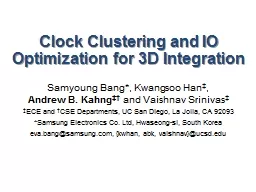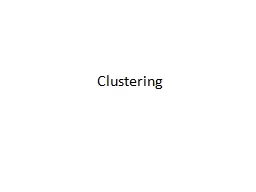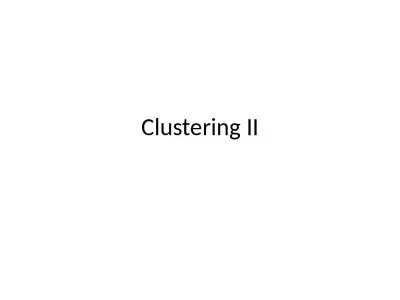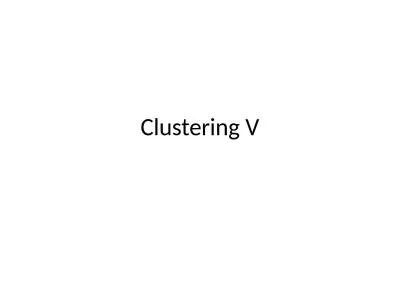PPT-Clock Clustering and IO Optimization for 3D Integration
Author : calandra-battersby | Published Date : 2016-09-16
Samyoung Bang Kwangsoo Han Andrew B Kahng and Vaishnav Srinivas ECE and CSE Departments UC San Diego La Jolla CA 92093 Samsung Electronics Co Ltd Hwaseongsi
Presentation Embed Code
Download Presentation
Download Presentation The PPT/PDF document "Clock Clustering and IO Optimization for..." is the property of its rightful owner. Permission is granted to download and print the materials on this website for personal, non-commercial use only, and to display it on your personal computer provided you do not modify the materials and that you retain all copyright notices contained in the materials. By downloading content from our website, you accept the terms of this agreement.
Clock Clustering and IO Optimization for 3D Integration: Transcript
Download Rules Of Document
"Clock Clustering and IO Optimization for 3D Integration"The content belongs to its owner. You may download and print it for personal use, without modification, and keep all copyright notices. By downloading, you agree to these terms.
Related Documents














